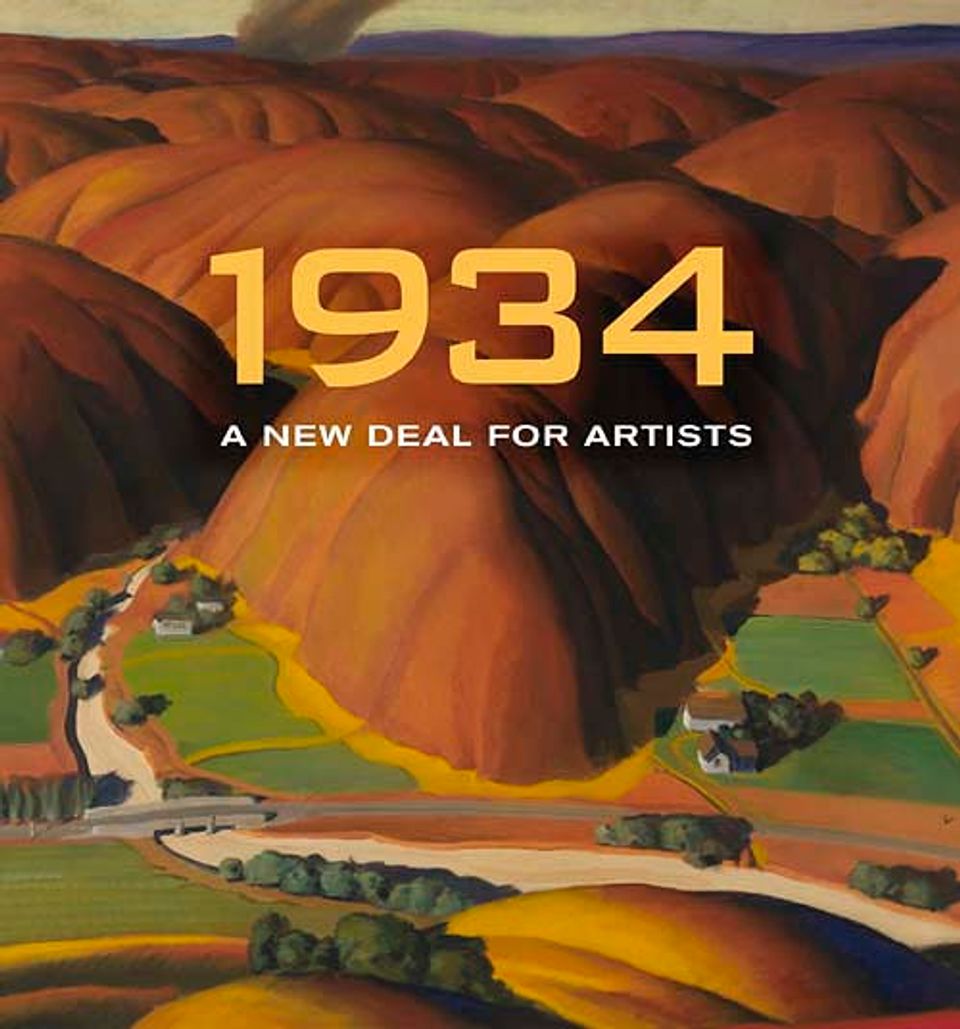Artwork Details
- Title
- Engine House and Bunkers
- Artist
- Date
- 1934
- Location
- Not on view
- Dimensions
- 38 x 50 1⁄4 in. (96.5 x 127.6 cm.)
- Credit Line
- Transfer from the U.S. Department of Labor
- Mediums
- Mediums Description
- oil on canvas
- Classifications
- Subjects
- Architecture — vehicle — train
- Architecture — industry — railroad yard
- Landscape — bird’s eye view
- Architecture — industry — factory
- Architecture — machine — engine
- Object Number
- 1964.1.46
Artwork Description
Mecklem detailed his composition in a letter to Juliana Force, chairman of the New York Regional Committee of the PWAP:
"For subject matter I have chosen a familiar railroad scene with strong dramatic possibilities. It includes machine-shops—[an] engine house—bunkers—roundtable—water-tank and tracks stretching into the middle distance where a river and the buildings of a small town are discernable. The buildings in the foreground arrange in an angular pattern contrasted by the horizontal feeling of the town structures and the river bank, emphasizing the dynamic aspect of the scene. Distant hills faintly seen through a rain-swept sky complete the composition."
1934: A New Deal for Artists exhibition label














